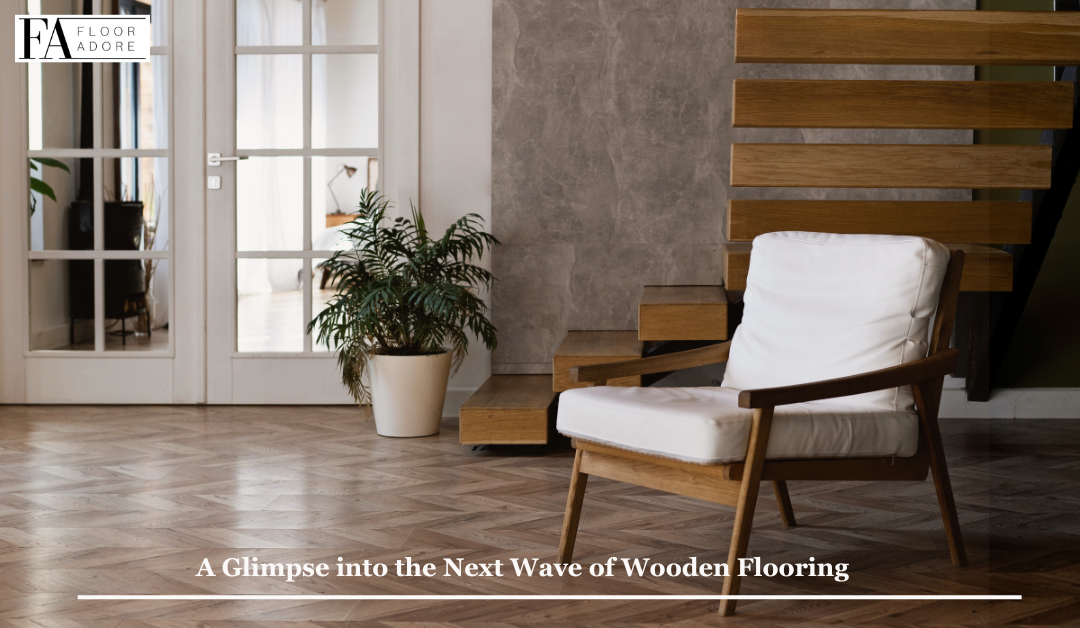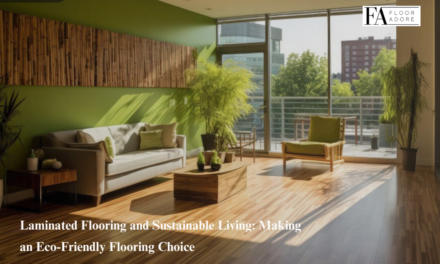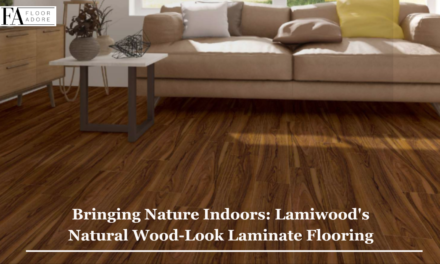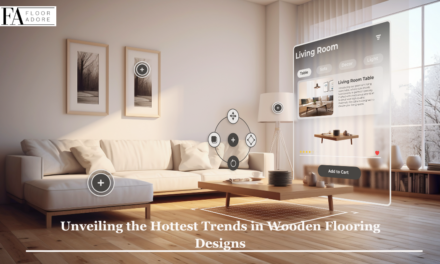Wooden flooring has long been revered for its timeless appeal, versatility, and durability. As interior design trends evolve and technological advancements continue to shape the industry, the future of wooden flooring promises innovation and creativity. From sustainable materials to innovative designs, the next wave of wooden flooring trends is poised to transform interior spaces. This article explores the emerging trends that are set to redefine the landscape of wooden flooring in the coming years.
Sustainable Materials:
In an era marked by environmental consciousness, sustainability is a driving force behind future flooring trends. Consumers are increasingly seeking eco-friendly alternatives that minimize environmental impact without compromising on quality or aesthetics. As a result, sustainable materials such as reclaimed wood, bamboo, and cork are gaining traction in the wooden flooring market. Reclaimed wood, sourced from salvaged structures or old buildings, not only adds character and history to spaces but also reduces the demand for virgin timber, making it a sustainable choice. Bamboo and cork, known for their rapid renewability and natural resilience, offer durable and eco-friendly options for eco-conscious consumers seeking sustainable flooring solutions.
Engineered Wood Innovations:
Engineered wood flooring continues to evolve, incorporating innovative technologies and designs to enhance performance and aesthetics. Future trends in engineered wood flooring include advancements in surface treatments, such as enhanced scratch resistance and improved water resistance, to withstand the rigors of daily wear and tear. Additionally, innovations in manufacturing processes are enabling the production of wider planks, textured finishes, and unique patterns, providing homeowners with greater design flexibility and customization options. With its versatility and durability, engineered wood flooring is poised to remain a popular choice for modern interiors while adapting to evolving consumer preferences and technological advancements.
Biophilic Design Elements:
Biophilic design, which emphasizes the connection between humans and nature, is reshaping interior spaces, including flooring design. Wooden flooring plays a central role in biophilic design, bringing the warmth and beauty of nature indoors. Future trends in wooden flooring incorporate biophilic elements such as natural textures, organic patterns, and earthy tones, creating environments that evoke a sense of tranquility and well-being. Additionally, the integration of natural materials and elements, such as stone, clay, and plants, further enhances the biophilic experience, blurring the boundaries between indoor and outdoor spaces. By embracing biophilic design principles, wooden flooring transforms interiors into inviting and rejuvenating sanctuaries that promote health and happiness.
Digital Printing and Customization:
Advancements in digital printing technology are revolutionizing the possibilities for customization in wooden flooring. Future trends in wooden flooring include the use of digital printing techniques to replicate intricate wood grain patterns, textures, and finishes with unparalleled precision and realism. This allows for greater design flexibility and personalization, enabling homeowners to create bespoke flooring designs that reflect their unique style and personality. From rustic reclaimed looks to contemporary geometric patterns, digital printing opens up a world of creative possibilities, allowing wooden flooring to become a focal point of interior design rather than a mere functional element.
Mixed Materials and Textures:
Mixing materials and textures is emerging as a key trend in wooden flooring, as designers seek to create dynamic and visually engaging spaces. Future trends incorporate the use of contrasting materials such as wood and metal, concrete and timber, or stone and hardwood to add visual interest and depth to flooring designs. Additionally, incorporating textured finishes such as wire-brushed, hand-scraped, or distressed surfaces adds tactile appeal and character to wooden flooring, creating a sense of authenticity and warmth. By blending different materials and textures, wooden flooring becomes a versatile canvas for creative expression, allowing for endless design possibilities that cater to diverse aesthetic preferences and architectural styles.
Conclusion:
The future of wooden flooring is characterized by innovation, sustainability, and creativity. From sustainable materials and engineered wood innovations to biophilic design elements and digital customization, future trends promise to elevate wooden flooring beyond its traditional role as a functional surface to a design statement that enhances interiors and reflects the values and preferences of homeowners. By embracing these emerging trends, designers and homeowners alike can create inspiring and inviting spaces that embody the essence of modern living while honoring the timeless beauty of wooden flooring.





